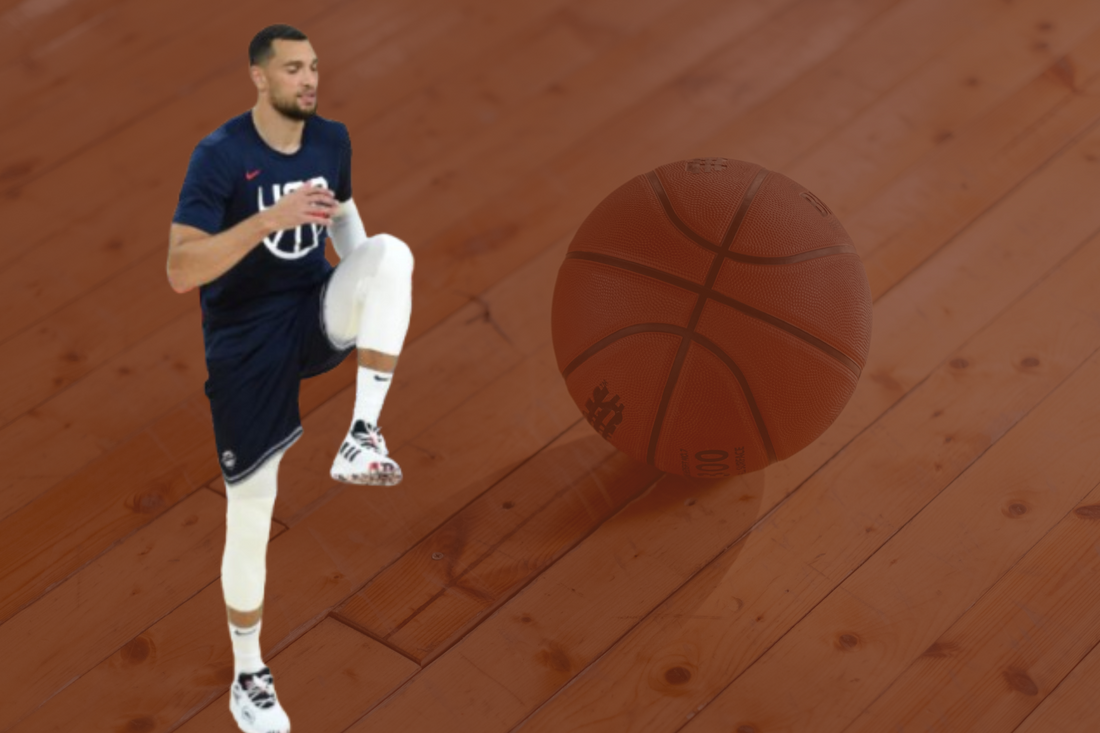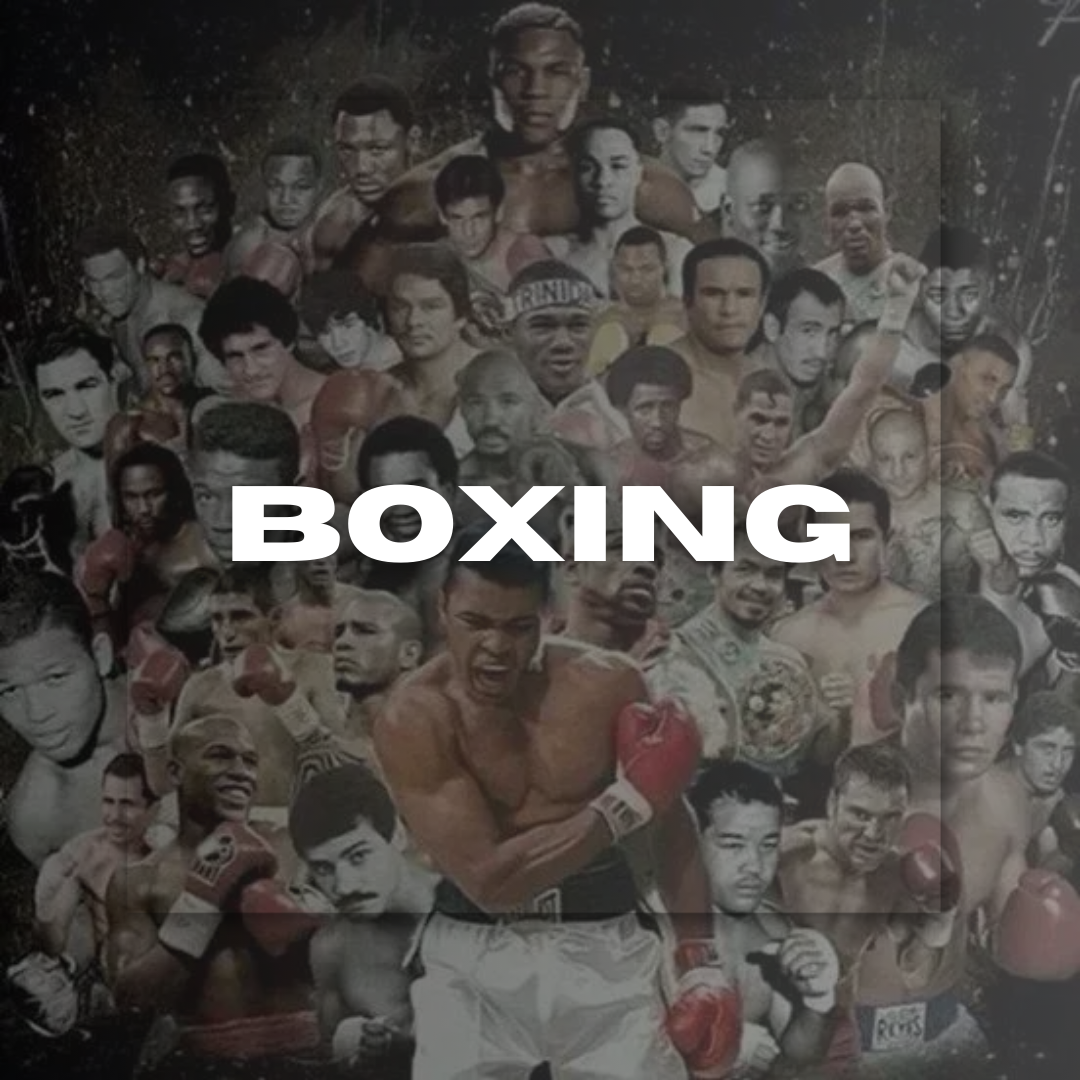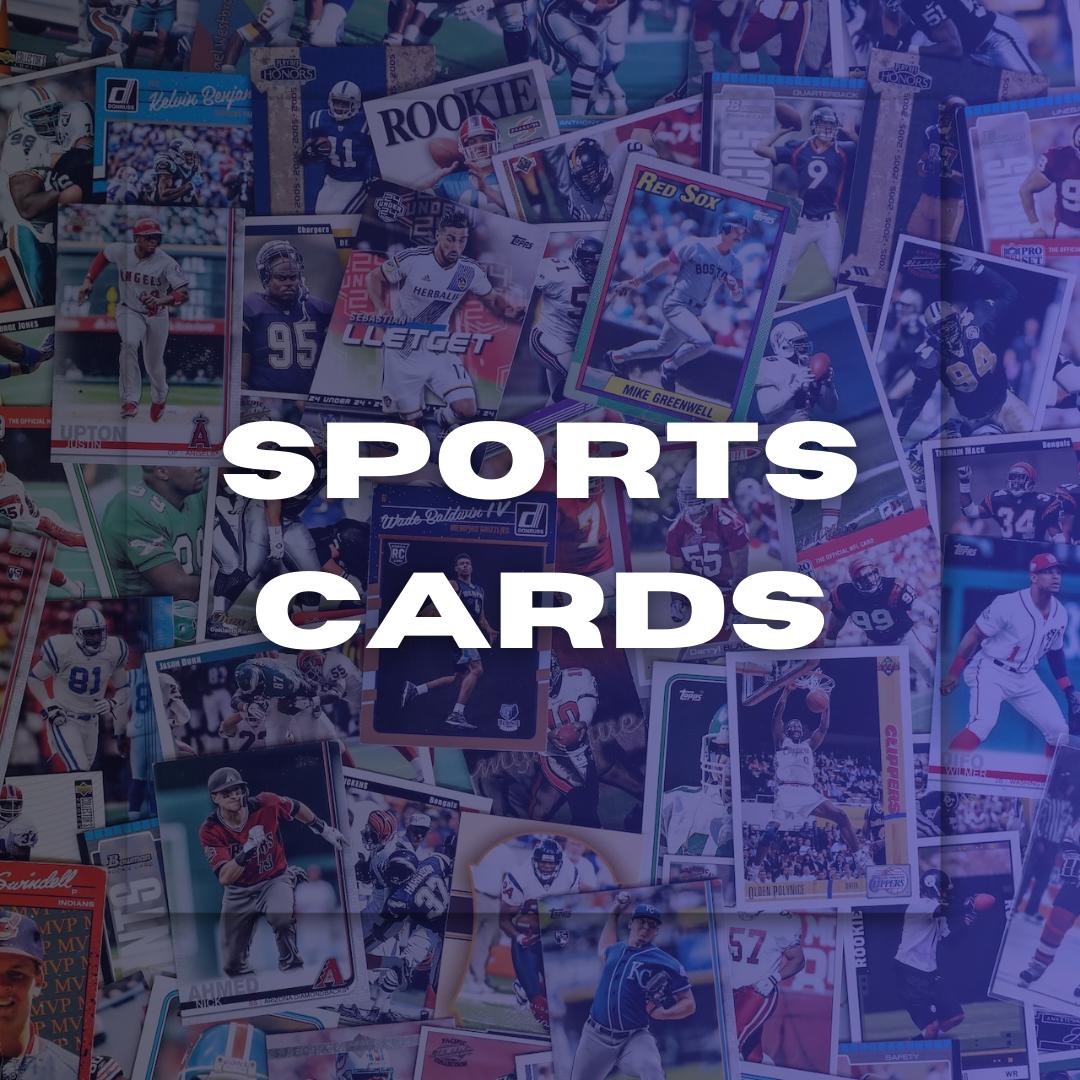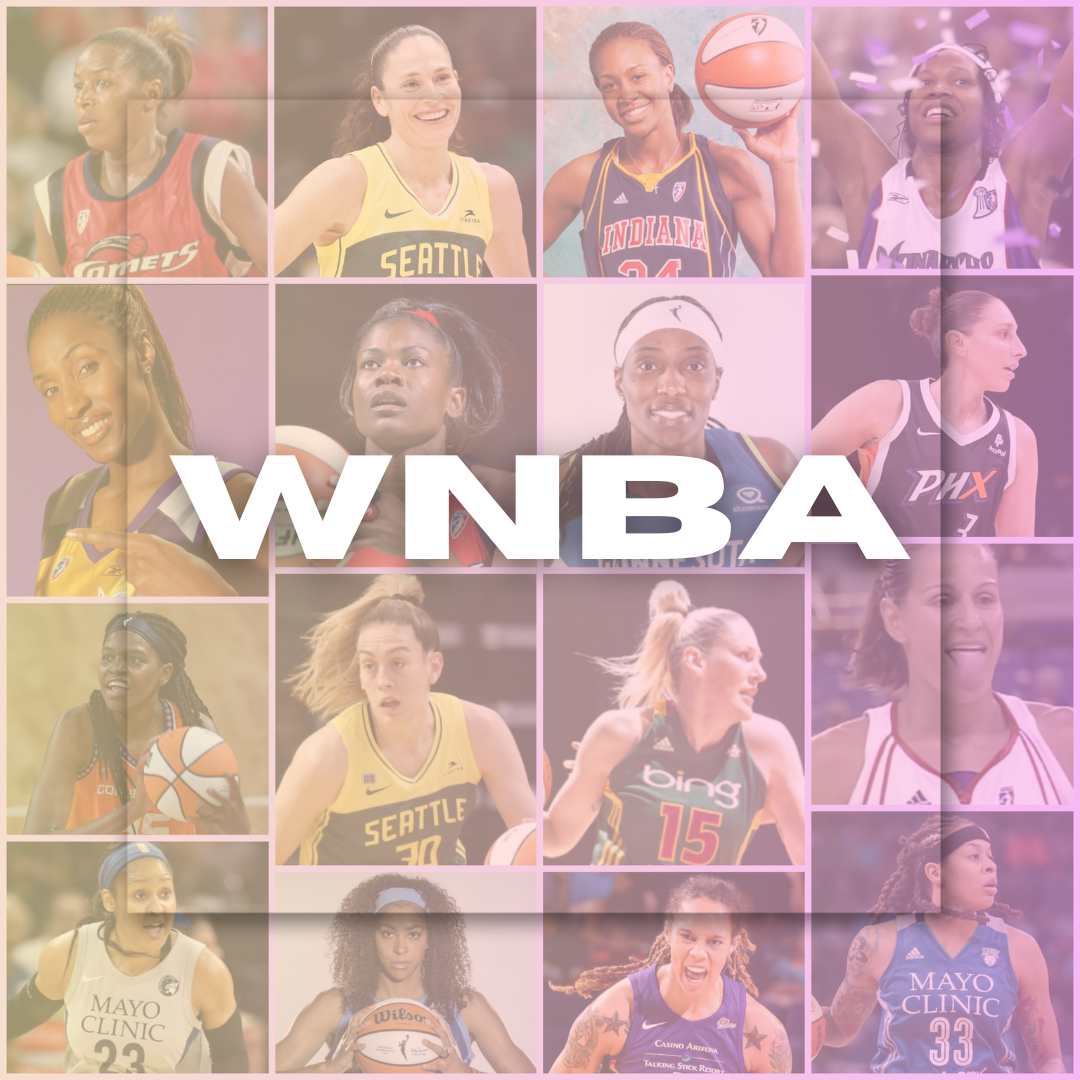Olympic basketball is subject to a different set of rules provided by the International Basketball Federation (FIBA), and one aspect that fundamentally affects how the games play out is fouls.. This guide will provide a complete overview of what the rulebook says about fouls in Olympic basketball, explaining everything from these common calls to how they can influence gameplay. We will also place these rules changes relative to other professional and collegiate leagues, noting the important role of foul management in deciding Olympic basketball games.
Different types of fouls at play in Olympic basketball
In FIBA-regulated Olympic basketball, a player can commit several different types of fouls during gameplay. These are personal, technical, and flagrant fouls, each with different consequences for the players or teams involved.
Personal Fouls are the most miscellaneous fouls in basketball, such as any illegal physical contact between players. In Olympic basketball, a player who commits five personal fouls is disqualified.
Technical fouls are for disrespecting the game, arguing with officials, excessive taunting, etc. Technical fouls are punished with two free throws, known as a Technical Free Throw, by the opposing team and possession of the ball, which play resumes at whatever part in the game it was obtained.
Flagrant Fouls involve excessive or violent contact that could injure a player and can be either (1) flagrant if judged to have been committed with any degree of intent, (2) flagrant when the severity is considered far greater.
Foul Limits
While many of the foul limits and penalty thresholds are simple to understand, knowing what they mean for a basketball game at the Olympics is key.
Player Disqualification: In Olympic basketball, a player is disqualified from the game after collecting five personal fouls. The penalty is similar to NCAA basketball; the number of fouls that one individual can commit before being disqualified from further play is only slightly more than the NBA and WNBA rules, where they get six.
Fouls limits: When a team commits five fouls in the same quarter, they are considered 'over the limit,' shots will be issued for any subsequent defensive foul made over this number of shootings.
Foul Calls and Free Throws
Fouls and subsequent free throw attempts control the floor of Olympic basketball games as much as or more than in any other sport.
Preventive Measures: Fouls need to be managed neatly by both coaches and players in the final quarter. Timely substitutions must be made when a player is close to ejection. This can affect both defensive and offensive play calls, substitution patterns, and strategic approaches, which can vary during team building.
Game Flow: Many times, foul calls can stop the flow of a game, causing more interruptions in play.
Comparison with Other Leagues
The fouling rules in Olympic basketball differ from those in other professional or college leagues (e.g., NBA and NCAA).
Foul Limits: Unlike the NBA and WNBA, which have a threshold of six fouls before an individual player is disqualified in any given game, Olympic basketball rules fall more into line with NCAA regulations regarding personal foul limits of five for disqualification.
In Olympic basketball, a penalty occurs after a team commits five fouls in the same quarter, so for any defensive foul, irrespective of the shooting, they receive two free shots.
All in all, Olympic basketball has the most intricate allowable foul system in sport and plays into on-court dynamics. So, being familiar with the types of fouls, penalty thresholds, and how they affect gameplay is important for players, coaches, and fans.



































































